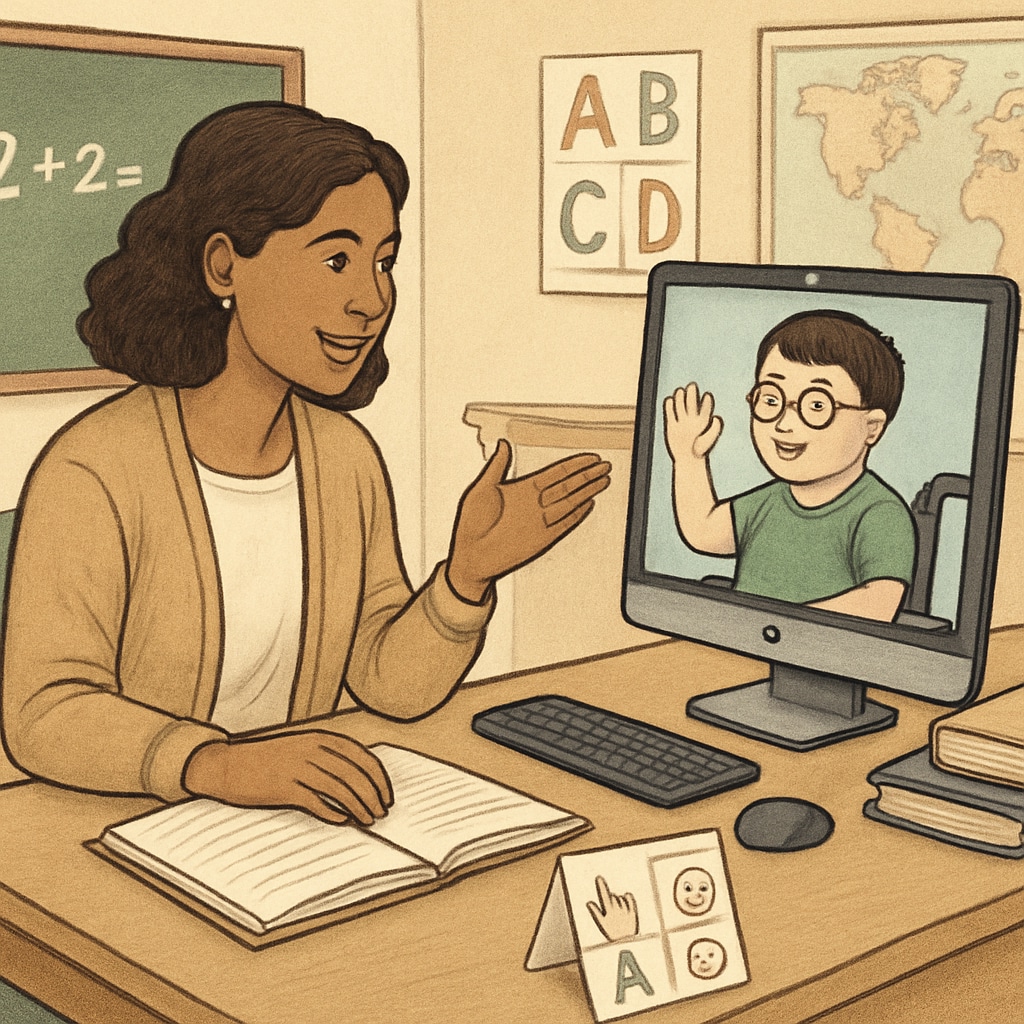The rise of public online schooling has reshaped the educational landscape, offering families new options tailored to their needs. As parents weigh their choices, many are drawn to the flexibility, personalized education, and support for unique needs that public online schools provide. This shift reflects broader trends in education, where technology-driven solutions allow for adaptable learning environments. But what are the key motivations behind these decisions? Let’s explore why more families are opting for public online schooling to meet their educational goals.
Personalized Education: A Key Driver for Families
One of the most significant motivations for families is the ability to tailor education to their child’s individual needs. Public online schools offer customizable learning plans, which can accommodate various learning paces and styles. For instance, students who excel in certain subjects can move ahead, while those who need extra support can spend additional time mastering the material. This flexibility ensures that no student is left behind, while also allowing gifted learners to thrive.
In traditional classroom settings, teachers often face challenges in providing one-on-one attention due to large class sizes. Online platforms, however, use adaptive technologies and data-driven insights to create a more focused learning experience. This approach not only boosts academic performance but also increases student engagement.

Flexibility and Lifestyle Adjustments
Another major reason parents opt for public online schooling is the flexibility it offers in managing family schedules. Unlike traditional schools, online programs allow families to create routines that align with their lifestyles. For example, parents with demanding work schedules or families frequently relocating due to military service find online schools particularly beneficial.
Moreover, public online schools enable students to pursue extracurricular passions, such as sports or the arts, without compromising their education. This flexibility allows children to balance academics with other pursuits, fostering a well-rounded development.
For families with multiple children, the convenience of managing education from home can also reduce logistical challenges, such as commuting and coordinating drop-offs. This adaptability is especially critical during times of crisis, such as the COVID-19 pandemic, when many families turned to online schooling to maintain educational continuity.
Supporting Special Education Needs
Public online schools have also become a lifeline for families with children who require special education services. These programs often include dedicated resources, such as trained special education teachers, individualized education plans (IEPs), and therapy services delivered virtually. For students with disabilities, the ability to learn in a comfortable, distraction-free environment can significantly enhance their educational outcomes.
Additionally, parents report that online schools provide a safer space for children who may face bullying or social anxiety in traditional settings. By creating a supportive and inclusive environment, public online schools help these students build confidence and achieve their potential.

The Role of Technology in Education Transformation
The integration of technology in education has been a game-changer. Public online schools leverage advanced tools such as interactive platforms, virtual labs, and real-time assessments to enhance the learning experience. These innovations not only make lessons more engaging but also prepare students for a tech-driven future. For parents, this forward-thinking approach is a compelling reason to choose online education.
Moreover, the availability of digital resources—like recorded lectures and online libraries—allows students to revisit lessons at their convenience. This self-paced learning model is particularly effective for older students who are preparing for college or careers.
Conclusion: A Growing Preference for Public Online Schooling
As we’ve seen, the motivations for choosing public online schooling vary widely, from the desire for personalized learning to the need for flexible schedules and special education support. These programs address diverse family needs while leveraging technology to create innovative, student-centered experiences. As a result, public online schools are increasingly becoming a vital part of the K12 education ecosystem.
For parents, the decision ultimately comes down to what works best for their child. By offering adaptable, inclusive, and future-ready education, public online schools are meeting these expectations and redefining the concept of learning.
Readability guidance: Short paragraphs and clear headings improve readability. Lists and images support key points. Transitions like “however” and “for example” connect ideas smoothly.


